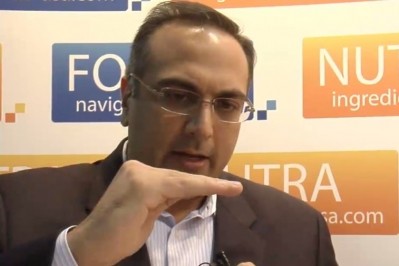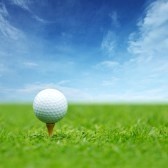Measuring ‘energy’: Bridging the disconnect between ‘energy’ and ‘sports’
Jay Udani, MD, CEO of Medicus Research, a California-based CRO, explained to NutraIngredients-USA.com that the traditional measures of energy are related to athletic performance, but modern energy drinks focus on metal performance, like attention and working memory.
And formulators and marketers must therefore be clear as to the intended ‘energy’ impact of their products, he said.
At next month’s Nutracon in Anaheim, Dr Udani will present on the topic, “How do you measure energy”. Dr Udani explained that measures are established to measure both mental and physical energy in subjects representative of the general population.
In terms of physical performance, the measures include established favorites, such as VO2max that is tied tightly to elite athletic performance, as well as measures for a wider population, such as time spent in activity, or endurance.
For mental energy, validated scales and questionnaires exist, as well as computational approaches to measure cognitive function, attention, working memory, and execution function.
Clinical trials performed by Medicus Research are currently passing through the scientific peer-review process, having been initiated about tow years ago as the energy beverage boom began, said Dr Udani. The trials relate to beverages, foods, and capsules, he added.
Booming market
According to a recent report from market analyst Canadean, energy drinks have managed to maintain their popularity during the economic downturn, despite their higher price per liter and negative publicity.
Canadean’s latest report “Emerging Trends & Growth Opportunities in Energy Drinks: Shots, Flavour Trends & Forecasts to 2015” expects the North American market to return to growth on the back of increasing competition between the multinationals and strong innovation. Progress in the US is predicted to be driven by a pick up in convenience store sales, said Canadean. Indeed, some estimates put the US market at an eye-opening $5.4 billion in 2006.
In terms of ingredients, Canadean said exotic herbs and substances such as ginkgo biloba, ginseng and milk thistle are commonly present in energy drinks, and that the fat-burning compound L-carnitine is increasingly appearing in formulations.
Energy drinks concerns
Only recently energy drinks were the subject of a damning opinion article in the Journal of the American Medical Association (JAMA). Amelia Arria from the University of Maryland School of Public Health and Mary Claire O’Brien from Wake Forest University School of Medicine wrote that current limitations for caffeine levels in cola-like drinks do not apply to energy drinks, perhaps due to the presence of herbal ingredients and vitamins.
This has led to products on the market containing between 50- 505 mg caffeine/serving, compared with FDA limits for cola-like drinks, which is 71 mg per 12-oz serving.
As such, these products are a “just as great a threat to individual and public health and safety” as the ‘premixed’ alcoholic energy drinks recently deemed unsafe by the FDA.
However, in response, Dr Udani noted that this masks the bigger issue, which is the inclusion of caffeine in multiple food and beverages sources. “So people could be getting an additive dose of caffeine without even knowing it,” he cautioned.
Dr Jay Udani presentation forms part of Nutracon’s Energy, performance and weight track. Nutracon takes place from March 9-10, 2011. For more information and to register: www.nutraconference.com








